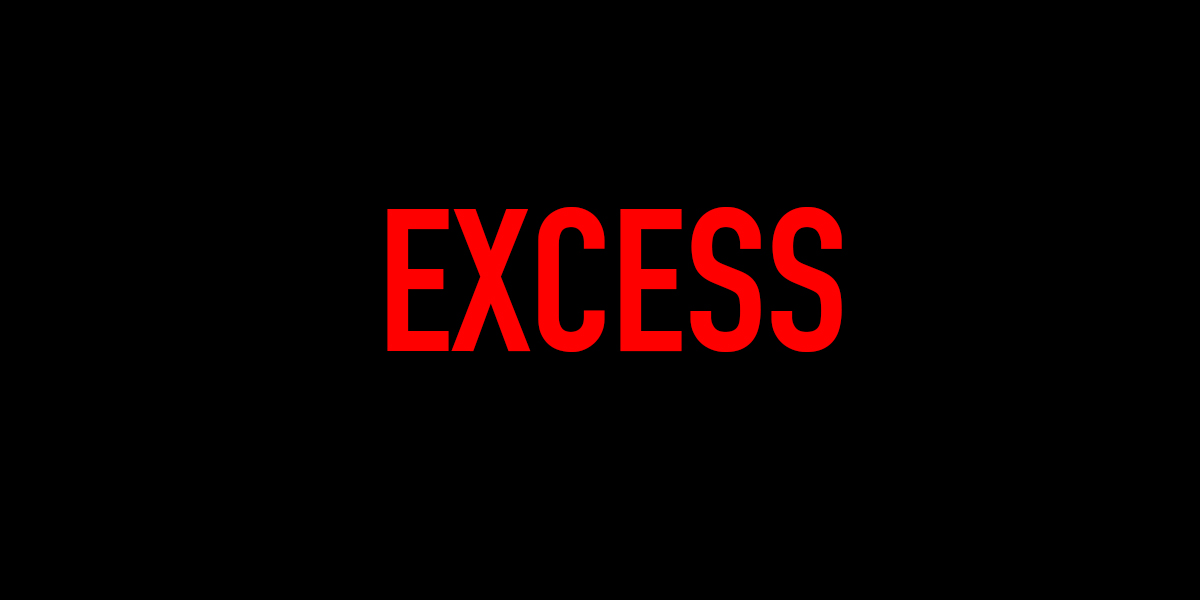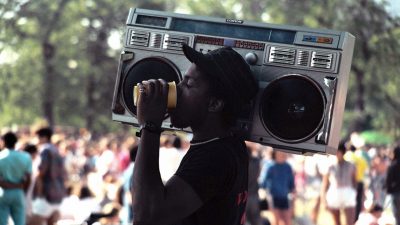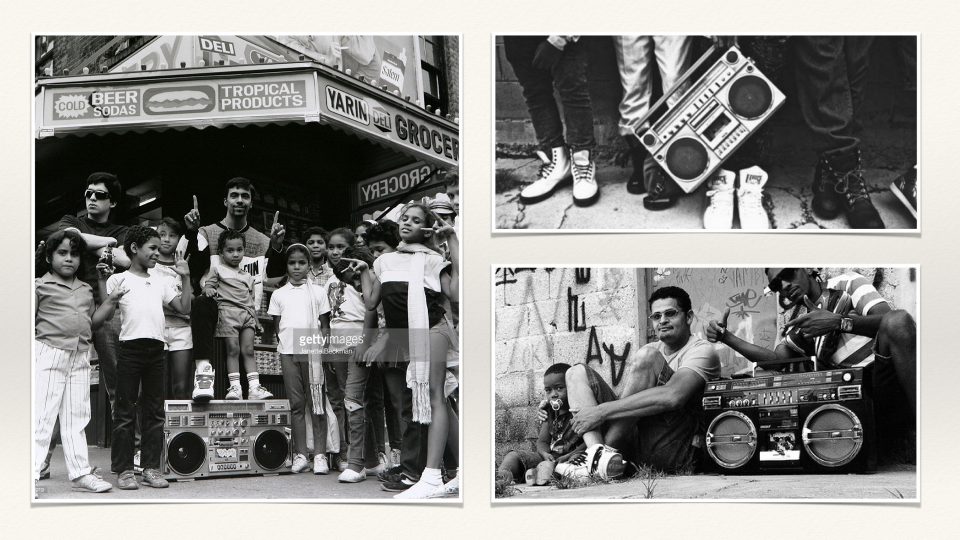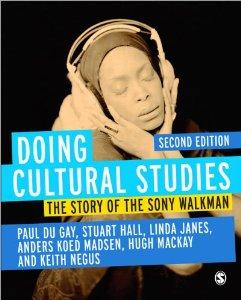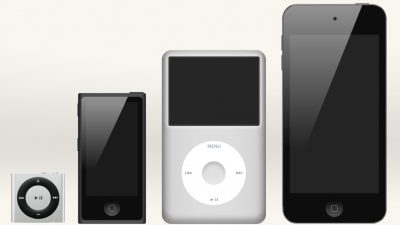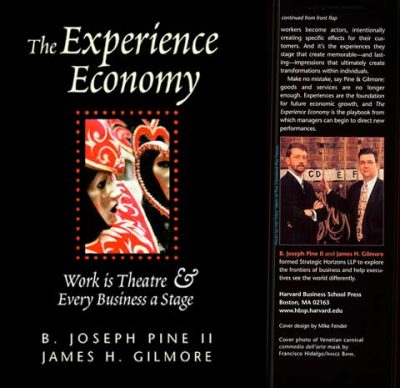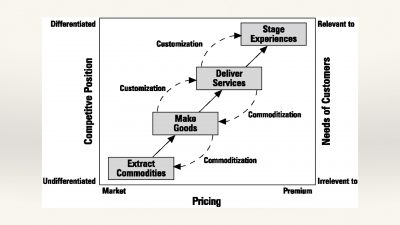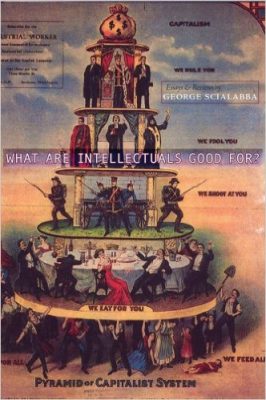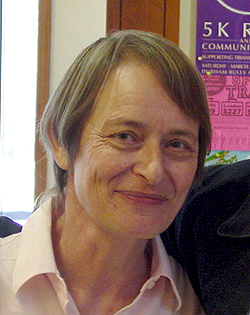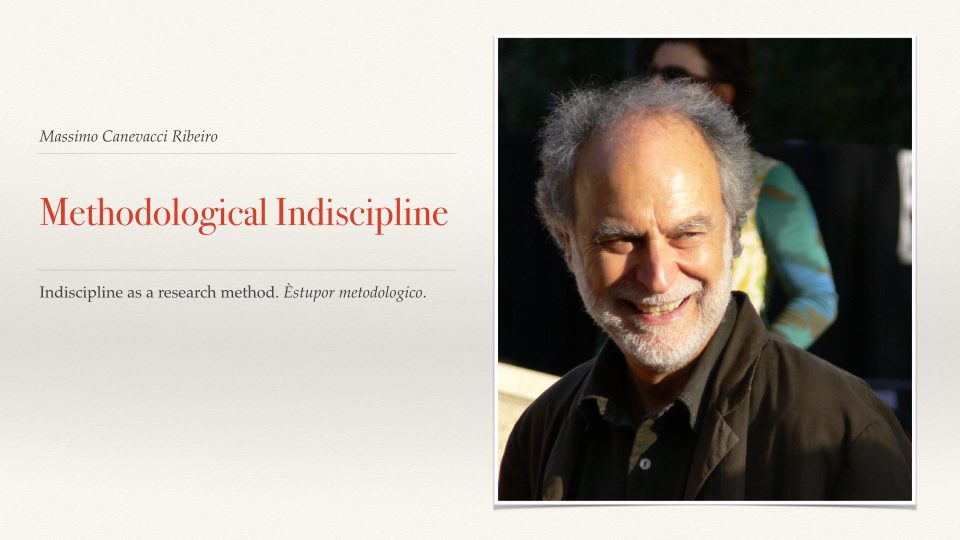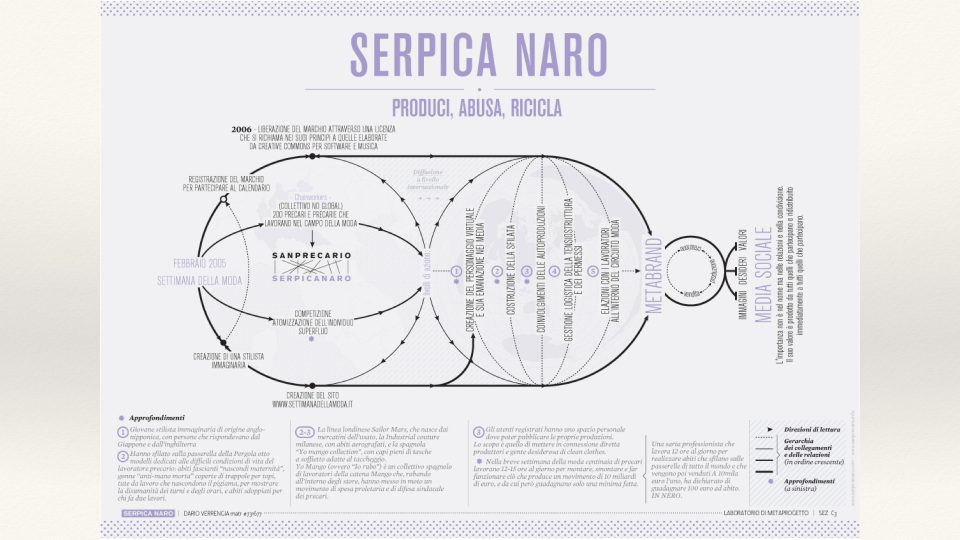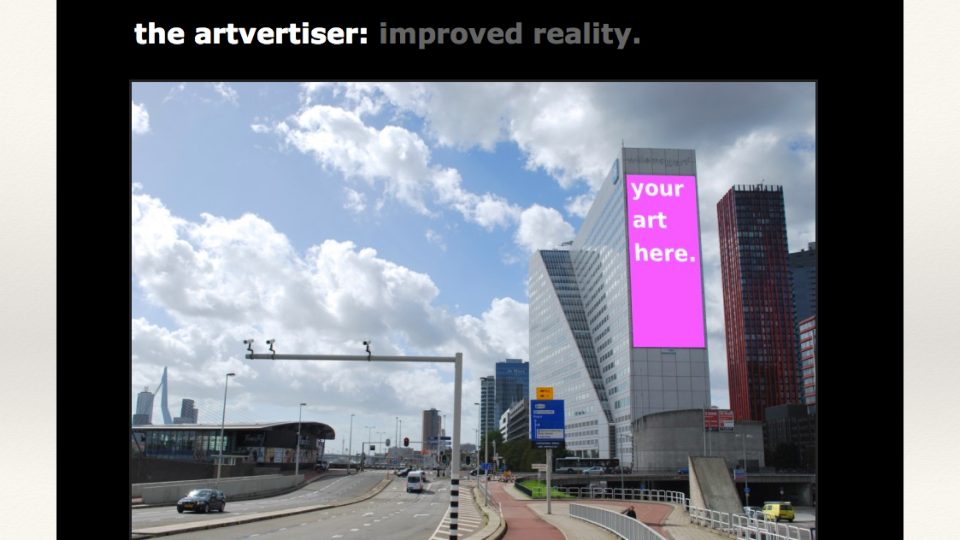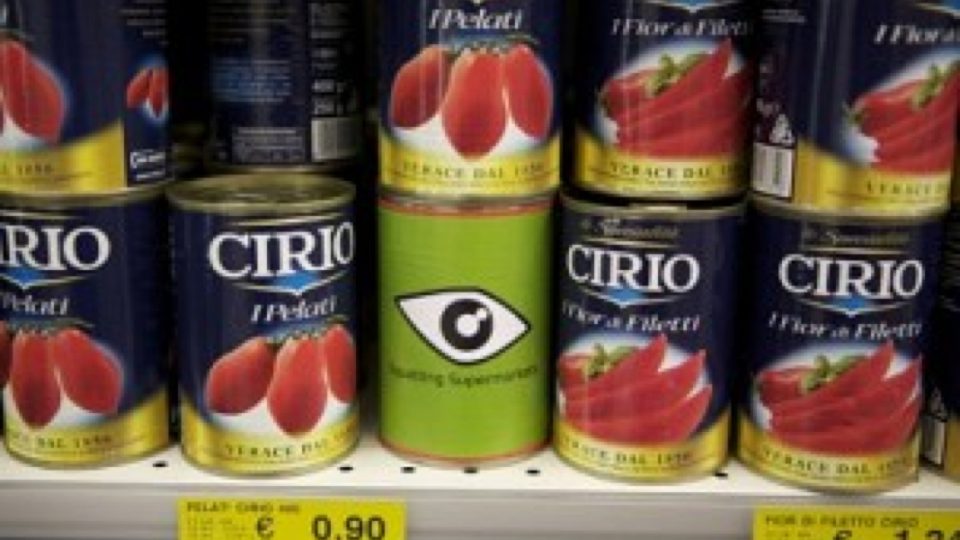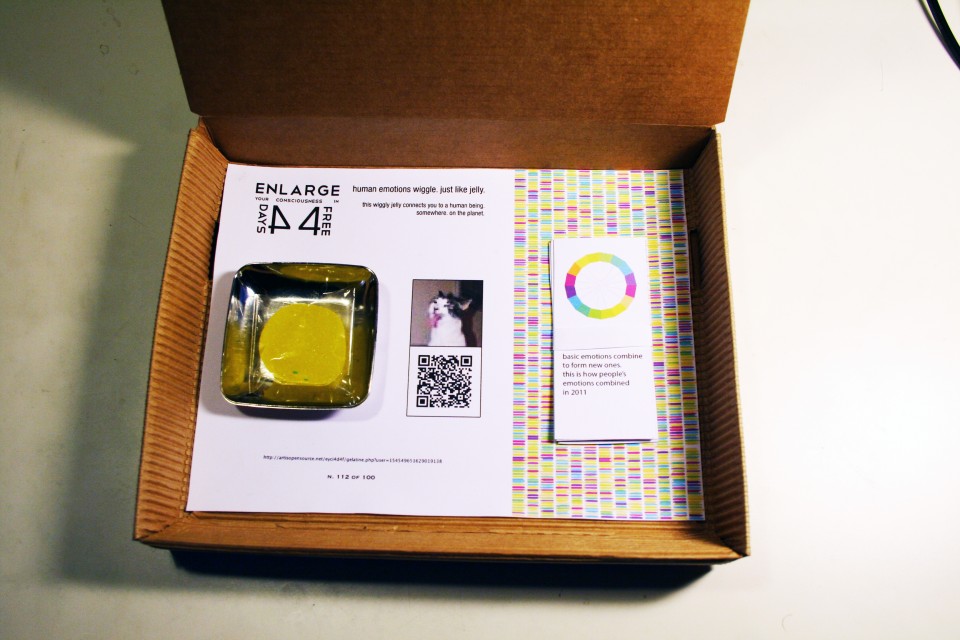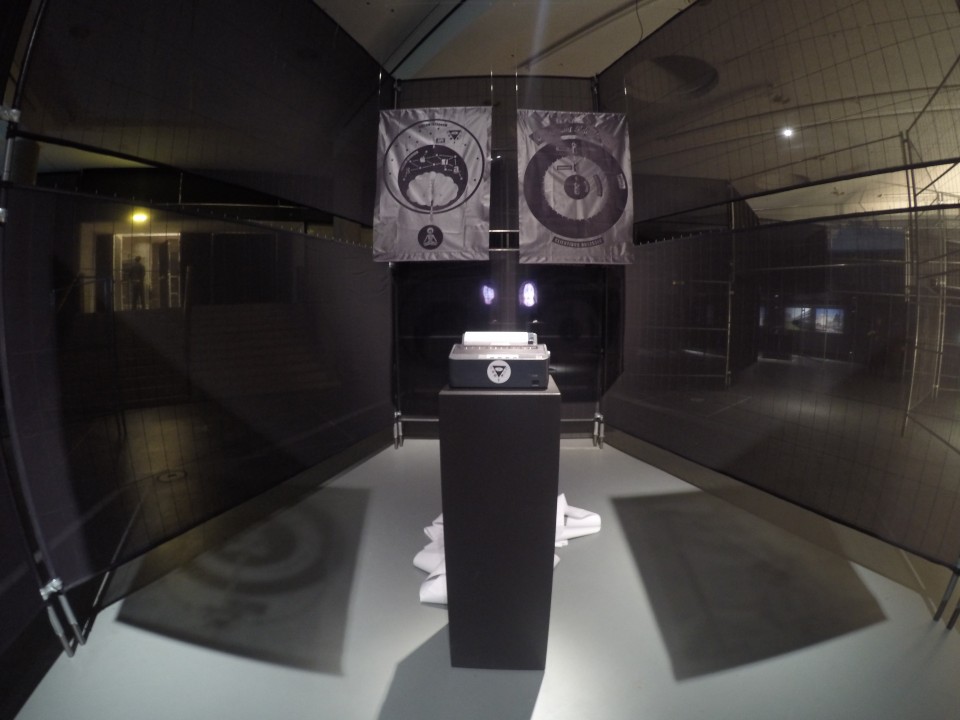This post originates from the lecture about Transgression and Innovation held at the Alta Scuola Politecnica a few weeks ago.
In this article we will explore again a topic which is very close to the practices here at Art is Open Source, which is the interconnection between Transgression and Innovation. In the era of immateriality, of knowledge, of information, and of the convergence between what is material and immaterial (so much that we progressively become able to transform one into the other and viceversa), the practices of transgression bear a value which is possibly more important than ever before. In tendency, a single product will exists: conscience. As all products and services become information, the single product (and service?) of conscience remains: the awareness of information and our positioning in respect to it, whether it is relevant for us, whether we can produce and consume it, how it is placed within our relational context, how we can appropriate and reassemble it to create benefits and change.
As this process takes place, transgressors play an important role: by transgressing they radically innovate. What is transgressive today is becoming progressively more the radically innovated normality of tomorrow. Trangressors do not cross borders, they move them: by moving them they innovate.
But transgression is a weird beast: as soon as you try to use it systematically, it dies or flows into a new inacessible space. This is its characteristic and prerogative. So: how can we imagine a world in which transgression becomes a driver for innovation?
Conflict
This scene from Spike Lee’s “Do the Right Thing” is particularly significant for our exploration.
The scene is emblematic. The Italian restaurant in the middle of the black ghetto is at the center of a series of conflicts involving conscience, relation and information. It is much loved by the inhabitants of the neighbourhood, who also experience its tensions: the black guy working for them as delivery boy; the fact that all the pictures in the wall are of famous white people and of no black people; the fact that there is no music which relates with black people in the venue; the fact that the Italian immigrants of two generations running the restaurant have weird positions about racial issues, as they love the blacks which they grew up with, but they also hate them, and the asians who are taking over commerce, of whom they also despise the attitude.
The protagonist of the scene is Radio Raheem’s big radio. It all starts with the radio, and the music which comes with it. The scene officially opens up when the boys enter the restaurant with the radio turned on to full volume. The music is too loud, so everyone starts screaming to make their voice heard. The music is also the object of discussion: the boys want their music in the place, so they brought it with them, causing Sal’s anger. It is all about the music: they want their music in the space, to represent themselves and their culture, their identity. The clash reaches the apex, as the radio is smashed to pieces with a baseball bat.
The portable radio. The boom box. The ghetto blaster.
The boom box is an object of enormous cultural valence. The possibility to “move music”, take it with you, set it down on the ground and play it loud proved to be an incredibly powerful gesture. Wherever music was, so was the “tribe”, the crew, the group. Where the music was, there was the community. The various styles of music personalised space, transforming it. By setting the music on the floor a space for identity and social bonding was created.
In fact, this was exactly what happened. Wherever there was a boombox there was the crowd, small or large, of the tribe, home.
Against all administrative or bureaucratic determinations. Without any permission, or license.
It was a practice of transgression, and of conflict. The loud music generated conflict: sound moulded the space, making it recognisable and, thus, disputable.
The people of the street, those who were excluded from commerce, work, entertainment, socialization, reclaimed space through music, by personalising the space of the city, the sidewalks and parks, through sound, transgressing, creating conflict and innovation. In fact, it is in these spaces and sounds that street cultures developed, through dance, graphics, arts, dress codes, experiments.
Wherever the ghetto blaster was, with its music, there was the place: an autonomous, situated, personalised, transgressive space.
Enter the walkman.
What the ghetto blaster did in the public space, the Sony Walkman brought to the intimate sphere. The Walkman is a disruption. It is possibly the first consumer Augmented Reality device. It is a highly transgressive device, meaning that it enables people to transgress the intended use of space: buses, classrooms, offices, churches, homes, can become something entirely different. By choosing the appropriate music and putting the headphones on, all of these places can be radically personalised: people can bring up their memories, magic, epical dimensions, their romance and emotions, all in complete autonomy.
Paul Du Gay’s book “The story of the Sony Walkman” embraces the analysis of the Sony Walkman as a cultural artefact: something which goes beyond products, and creates a cultural space which was previously unseen, disrupting the circuit of culture (identity, representation, regulation, consumption, production).
It has opened up the way for the possibility to personalize our experience of public space. While we walked through cities, devices like the Walkman allowed us to reinterpret space and reconfigure it, transforming it into places of our own emotion, fantasy or memory.
This is a radical transgression, which brings its power to teenagers all over the world. The image of the teenager wearing headphones to avoid listening to the screaming parent, isolating self, is an icon of transgression of young generations from there onward.
A series of devices directly inherit the powerful attitude of the Sony Walkman.
While being substantially different, many among portable music players, iPods, iPhones, smartphones, portable and wearable devices owe a lot to the walkman and its radical way of enabling the personalisation of space, time and perception.
All of them, and pagers, Polaroids, mobile phones and, then, smartphones, are peculiar products, in the fact that they resonate with culture, becoming platforms for people’s expression, giving them power to transgress, adapting “normality” to their wishes.
The transgressive character of most of these objects came out after they ended up on the market, as they resonated with society’s tensions and conflicts. Pagers and drug dealers, walkmans and teenagers, mobile phones and urban dwellers, polaroids and the immediate satisfaction of seeing pictures developed immediately.
They all provided experiences which went beyond their intended use, beyond their character of products.
Experience
In their book “The Experience Economy: work is theatre and every business is a stage” Pine and Gilmore explored this transformation in a very meaningful way.
Their analysis begins from the title of the book: “theatre” and “stage” become very strong words when matched to the concept of business.
The book deals with the transition according to which it is progressively more interesting and valuable to focus on the production of experiences, as they are more relevant, differentiated, personalised, emotionally stimulating and, thus, valuable than products and services.
In the book they say: “The emergence of the Experience Economy coincides with, albeit not coincidentally, heightened interest in creative thinking. It also introduces a real need for greater improvisational skills in the workplace.”
This is a clash with the business orientation of the time: words like improvisation were not something that was common or usual, and they marked a precise shift: the emergence of the importance of the creative approaches, as enablers of the possibility to create experiences.
<< Both art and creativity, become norms, expected, needed, both from the point of view of the industry, and from the perspective of the user, of the individual. Both become performers, in stage acts (the authors describe them in terms of theatre genres), in which both parties take active, constructive, creative part in a creative action. >>
Art, creativity, stage acts: disciplines and methods, from arts, creativity, design, business, science come together blurring boundaries and creating a collaborative performative state which is the pre-requisite for creating valuable experiences.
Hans Magnus Enzensberger, in his essay “The Industrialization of the Mind” explores this concept from a critical point of view. There, he revisits the notion of the cultural industry, ad investigates what happens when all industries become cultural industries, the scenario which is brought on by globalisation, immateriality and the information society. According to him, the term “cultural industry” is vague and inaccurate, and embeds a paradox. When all industries progressively tend to produce a single type of product – experiences, conscience, culture –, a paradox, in fact, arises from the considerations on the nature of culture.
Culture – and, thus, conscience – is a social product, it is the result of a dialogue. No industrial process is able to replace the people who generate it. For this reason, the paradox appears: cultural industries are not able to produce their product, culture/consciousness, but only to try to induce or to reproduce it.
This is a peculiar and unsustainable situation for the industry: it’s as if BMW could not produce their cars, but only try to induce them into society, and reproduce them when they eventually appeared.
He says: <<The industry of the mind does not produce anything, but the dynamics of infiltration and transmission which are necessary to the formation of the perception of what is possible, desirable, preferable: in the formation of the perception of the future.>
This is a radical transformation. In the age of experiences, of culture, of the “production of consciousness”, industries have to radically transform their activity: as their final product becomes conscience, and the experiences which resonate with it, they have to produce the cultural dynamics which will be able to infiltrate people’s perception of normality, desirability, preferability, and of the perception of their future.
But this is, usually, the roles of intellectuals, in their many declinations: writers, researchers, scholars, academics and artists, designers, architects or, now, coders. What is to be of their role in society in this new scenario?
Enzensberger raises multiple issues about this, also pointing out the difficult spot that intellectuals find themselves into: the very thing which is the object of their critique becomes the entity who, then, benefits from the imagination and suggestion which they produce on society.
The majority of creative products are derivatives, created through a very limited number of radical innovations which are then remixed, recombined, contaminated, in the creation of the social dialogue which forms culture. This is not enough for the industry, which has to achieve more competitive levels of innovation, escape the saturation of markets, and achieve competitive advantages.
Therefore, the industry needs to learn how to deal with those few who are able to create radical innovations: troublemakers, transgressors.
Pine, Gilmore and Enzensberger converge: arts and creativity as drivers of the possibility for radical innovation, through their ability to transgress.
Artists
This is not a new fact.
Dozens of analysts declared the fundamental importance of artists, for example, in the development of society and of humanity in general.
For Marshall McLuhan, for example, the artist is <<the person who invents the means to bridge between biological inheritance and the environments created by technological innovation.>>
For Derrick de Kerckhove <<few people apart from artists are capable of predicting the present. […] The role of the artist today, as always, is to recover for the general public the larger context that has been lost by science’s exclusive investigations of text.>>
For Roy Ascott <<the artist as the figure which is able to confront with a world which increasingly sees its content and meaning as created out of people’s interaction and negotiation. A world which is unstable, shifting and in flux; which parallels life, not through representation or narrative, but in its processes of emergence, uncertainty and transformation.>>
For Gregory Bateson <<art was the only possible way to satisfy the need of finding solutions through radical changes in our way of thinking, or even to our way of knowing.>>
For all of them and more, art is a fundamental human activity and process which is able to open up the doors to possibility, and opportunity.
It is about the possibilities which are brought on by being able to sensing the present (the contemporary) and exposing it, in ways that suggest reflection, and the insurgence of imagination.
And about the opportunity – through artworks and performance – to shift what is perceived as “possible”, and as “imaginable”.
Transgression creates Space
Transgression creates a space.
Elizabeth Grosz call this space “Spatial Excess”: a new dimension which is able to go beyond preconceptions, prejudices and worries about utility, “beyond the relevance for the present, looking towards the future.” The revelation and discovery of this excess depends on the possibility for transgression.
For Grosz: <<Excess is in the problematic, which is full of potential.>>
And: <<The clandestine, the unacknowledged, the unofficial find their survival – beyond crime – in the transgression of social norms and limits. Those same limits which have excluded them in the first place. The recycle trash, appropriate spaces, invent communication channels, create styles, fashions and trends. They don’t cross borders: they move on them. Moving, they innovate.>>
This is a fundamental concept. Transgression does not “go beyond” borders. Rather, it recognises them. And by doing so it creates a space which is entirely new. Through recognition borders are moved and space is created, the space of radical innovation.
In this sense, anthropologist Massimo Canevacci Ribeiro talks about methodological indiscipline.
What happens if we start using indiscipline as a methodology? Wonder (Èstupor, Meraviglia) as a research method?
<<Innovation is created by the polyphonic and undisciplined stride of myriads of uncoordinated individualities, actuating their own style of spatial re-appropriation (both physical and digital), continuously creating conflict, transgression and movement along and across boundaries and interstices.>>
Or as Rem Koolhaas, at the High Level Group Meeting on Smart Cities in 2014 at the EU Commission, when he observed:
<<When we look at the visual language through which the smart city is represented, it is typically with simplistic, child-like rounded edges and bright colours. The citizens the smart city claims to serve are treated like infants. We are fed cute icons of urban life, integrated with harmless devices, cohering into pleasant diagrams in which citizens and business are surrounded by more and more circles of service that create bubbles of control. Why do smart cities offer only improvement? Where is the possibility of transgression?>>
Some Examples
What does it mean to transgress methodologically? How does this possibility manifest itself in the age of hyperconnection, information and knowledge?
Luckily there are many examples. We cite only a few here, and we invite you to point out additional ones, if you want, in the comments.
For example we could start with Serpica Naro.
Here, the reflection and critique of the business models dealing with the creative classes, and the rise of precariety gave birth to the idea of a meta-brand, an open source brand which could be freely used together with a vast knowledge commons, to bring up non only innovative and more just business models, but also a condition of continuous participatory performance, through education knowledge exchange and conversation, in which new forms of solidarity emerged.
We could then continue with the Artvertiser.
Here, the concept of the invasiveness and progressive appropriation of (visual) public space on behalf of commerce and private interests became the occasion for using augmented reality in a trasgressive way: reality should not only be augmented, but improved. From Augmented Reality to Improved Reality. Through an augmented reality device looking something like a peculiar set of binoculars, advertisements in public space could be replaced with artworks submitted onto an online platforms, systematically re-appropriating the visual public space of the city.
Similar in concept is Squatting Supermarkets.
Here it is the labels of products which can be re-appropriated. By using augmented reality and computer visions, products’ labels can be transformed into spaces for autonomous ubiquitous publication: recognise a label through a computer vision application and you can publish onto it, whatever you want, images, poetry, information visualisations, critique, reviews, secret messages and everything else, making products become a mediatic public space onto which it is possible to raise social discussion.
We could then move onto Enlarge your Consciousness, to start confronting with the biopolitical aspects of data in our society.
Here internet users were put on sale, without them knowing it, for 9.99euros outside an art fair, through a box which contained a QRCode which brought you on an interface which showed you their most recent emotional expressions on social networks: human tamagotchis. Shocking at first, less shocking when you realise that it is the business as usual of hundreds of corporations everyday: buying and selling you, through your data.
We could continue this type of exploration with Stakhanov.
A Big Data God lets us reflect on our relationships with data, transformed into a religion and being able to make predictions about ourselves. Control, privacy, the biopolitics of data, classification of human beings through algorithms, opacity and algorithmic power. All into an act of transgression through which these issues are repurposed and re-appropriated.
We could go on much more, listing more projects which, for us, represent a methodologically transgressive approach, from our practice and from the ones of many other artists, designers, scholars, technologists and more.
We prefer to go to the conclusions in
The Garden
There are many types of garden. Some are controlled, administrated ones, with precise shapes, colours and plants, laid out according to a precise design. They have static boundaries, perimeters and classifications.
Others are like the one above. They are spontaneous, emergent. They move, and progressively re-appropriate unused land, only to move once again, leaving the space behind for others.
This is Gilles Clément‘s Third Landscape: <<a new type of garden, emergent, mobile and in perennial mutation, which lives in friches, the abandoned, uncultivated lands, those which history denounces as the loss of power of man over nature.>>
When talking about this type of garden, it is interesting how Clément does not point in the direction of the “end of the gardener”. Rather, he asks an interesting question: what would a gardener be like of a garden without a form?
Clément’s moving garden are transgressive in nature, and in transgression they find their strength, resilience, energy, biodiversity, resistance, adaptivity, solidarity (there are even plants which prepare ground for the next ones which will come), energetic effectiveness, sustainability. For this, we imagine using them as a reference model for our idea of innovation ecosystem.
Here, the gardener would be a figure which is completely different from the one we imagine. Not a gardener whose tools are rakes and shovels, but, rather, one whose tools are the wind and knowledge.
In the end <<it is hard to imagine which aspect these gardens will assume, in which existence is expected to assume no form. From my point of view, gardens of this kind should not be judged on account of their form, but, rather, on the basis of their capacity to generate and translate a certain joy of existence.>>
HERE you can download the presentation.
![[ AOS ] Art is Open Source](https://www.artisopensource.net/network/artisopensource/wp-content/uploads/2020/03/AOSLogo-01.png)
